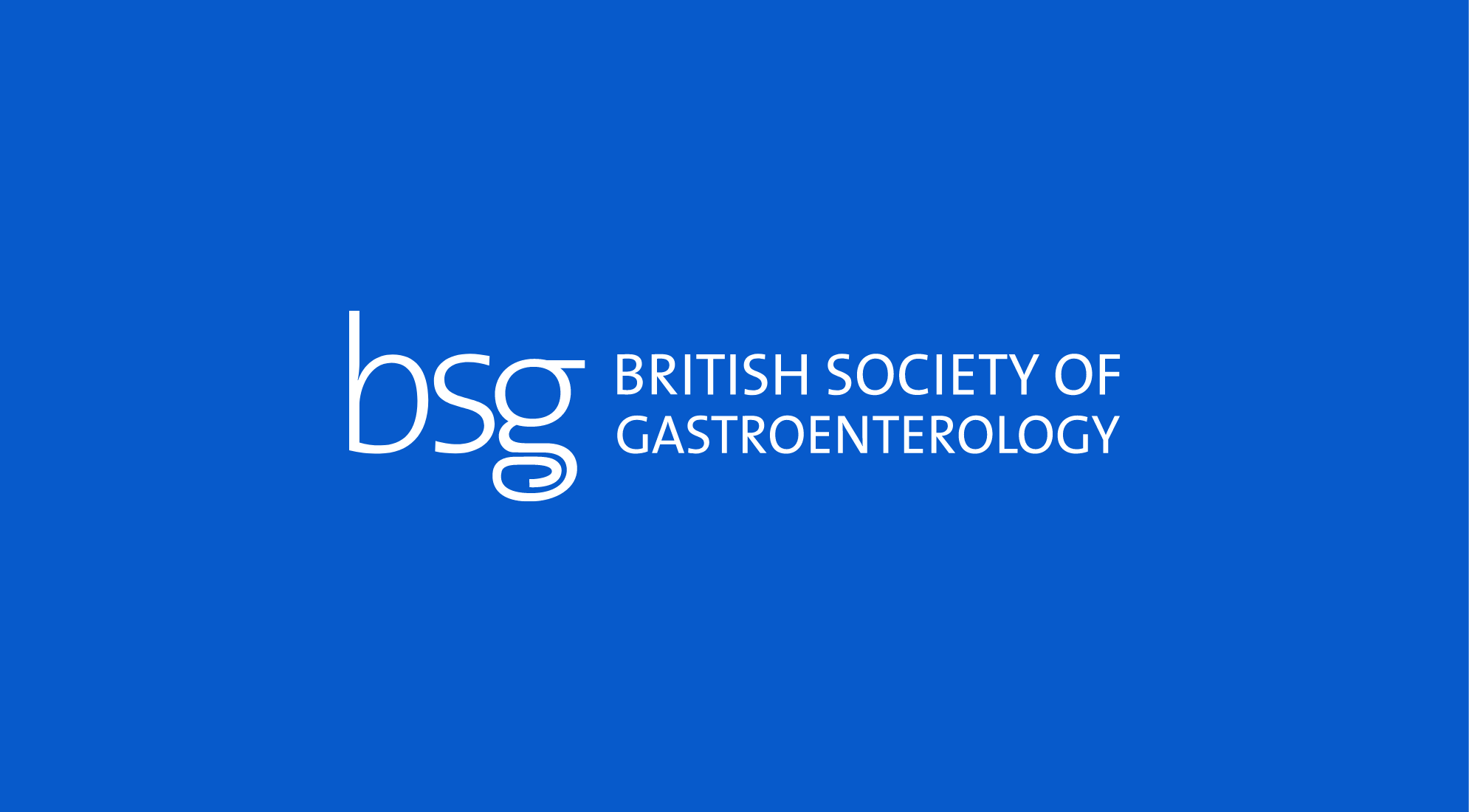The BSG/BASL NAFLD special interest group have developed a series of evidence based quality standard recommendations, with the aim of improving the care of people with NAFLD. It is known that NAFLD is common, affecting 25% of the UK population and management of the condition is variable. Individuals with NAFLD have an increased risk of overall mortality compared with the general population, and common causes of death include cardiovascular disease, malignancy and liver-related complications. A holistic approach is therefore needed to address liver disease, as well as cardio-metabolic risk factors. The recommendations were developed using a modified Delphi process by a multidisciplinary group of 29 individuals from all disciplines involved in the management of people with NAFLD, and cover: 1. Management of people with, or at risk of, NAFLD before the gastroenterology or liver clinic; 2. Assessment and investigations in secondary care, and 3. Management in secondary care. We have also developed 11 auditable key performance indicators (KPIs) to enable services to review the care of their patients and benchmark their practice. The full manuscript can be found on the Lancet. A summary of the recommendations and KPIs is shown below.
McPherson S et al. Quality standards for the management of non-alcoholic fatty liver disease (NAFLD): consensus recommendations from the British Association for the Study of the Liver and British Society of Gastroenterology NAFLD Special Interest Group. Lancet Gastroenterology and Hepatology 2022: https://doi.org/10.1016/S2468-1253(22)00061-9
Summary of the NAFLD quality standard recommendations
| Management of people with, or at risk of, NAFLD before the gastroenterology or liver clinic |
| 1. Services should have an agreed local clinical pathway for the investigation of suspected liver disease that includes an assessment for liver fibrosis using available non-invasive liver fibrosis tests |
| 2. Consider the possibility of liver fibrosis due to NAFLD in people with type 2 diabetes or metabolic syndrome |
| 3. Do not rely on abnormal liver blood tests to prompt consideration of liver disease. However, persistently unexplained abnormal liver blood tests should always be investigated |
| 4. The finding of liver steatosis on ultrasound, or unexplained abnormal liver blood tests, should prompt risk assessment for liver fibrosis |
| 5. Use validated widely available non-invasive tests (eg, FIB-4 score or NAFLD fibrosis score) with high negative predictive value to risk assess for clinically significant liver fibrosis in the community |
| 6. Refer patients stratified as high risk for advanced fibrosis or cirrhosis to a hepatologist. For patients stratified as indeterminate risk, offer further discriminatory tests (eg, transient elastography or Enhanced Liver Fibrosis test) or refer for further evaluation |
| 7. Manage people at low risk of significant fibrosis in the community, with focus on lifestyle advice and cardiovascular risk reduction. Reassess fibrosis using non-invasive tests every 3 years |
| 8. Secondary care liver services and community services should collaborate on audits, research, and education to share knowledge, strengthen links, and encourage service and quality improvement, and involve patients as part of this as appropriate |
Assessment and investigations in secondary care
| 9. Patients with NAFLD should be assessed for additional causes of steatosis (eg, drugs and alcohol) and undergo investigations for other causes of liver disease (ie, completion of blood aetiology screen) if these were not already done in primary care |
| 10. Patients with NAFLD should have a detailed alcohol (eg, AUDIT-C), illicit drug, and smoking history documented |
| 11. Practitioners should document a treatment history and medicines use review. The rationalisation of medicines that may accelerate disease progression should be considered |
| 12. An assessment of dietary habits and physical activity levels should be obtained |
| 13. Patients with NAFLD should undergo sequential use of a simple non-invasive test (eg, FIB-4) and specialist non-invasive tests (eg, ELF, transient elastography, or acoustic radiation force impulse elastography) to assess the severity of fibrosis |
| 14. Patients with NAFLD should be considered for a liver biopsy in the following situations: (A) if there is diagnostic uncertainty (other aetiologies or overlap conditions); (B) to evaluate the severity of NASH and be considered for potential drug therapies (including clinical trials); or (C) to determine the stage of liver fibrosis where non-invasive tests are inconclusive to aid with future management (eg, F4 for hepatocellular carcinoma surveillance) |
| 15. Liver biopsies should be processed, stained, and examined according to the UK Royal College of Pathologists guidelines and reported by pathologists who participate in the liver External Quality Assurance scheme using a validated score such as the NASH Clinical Research Network criteria (NAS) or steatosis activity fibrosis (SAF) score |
| 16. Patients with NAFLD cirrhosis should be offered surveillance for complications of cirrhosis, including hepatocellular carcinoma and varices, in accordance with national or international recommendations. The Baveno VI exclusion criteria should be considered as a non-invasive tool to rule out the presence of varices requiring treatment |
| 17. People with NAFLD should undergo systematic assessment of cardiovascular risk factors including use of an objective risk score (eg, QRISK-3) |
| 18. Patients with NAFLD should be screened annually for type 2 diabetes (using HbA1c), hypertension, and dyslipidaemia |
Read More

